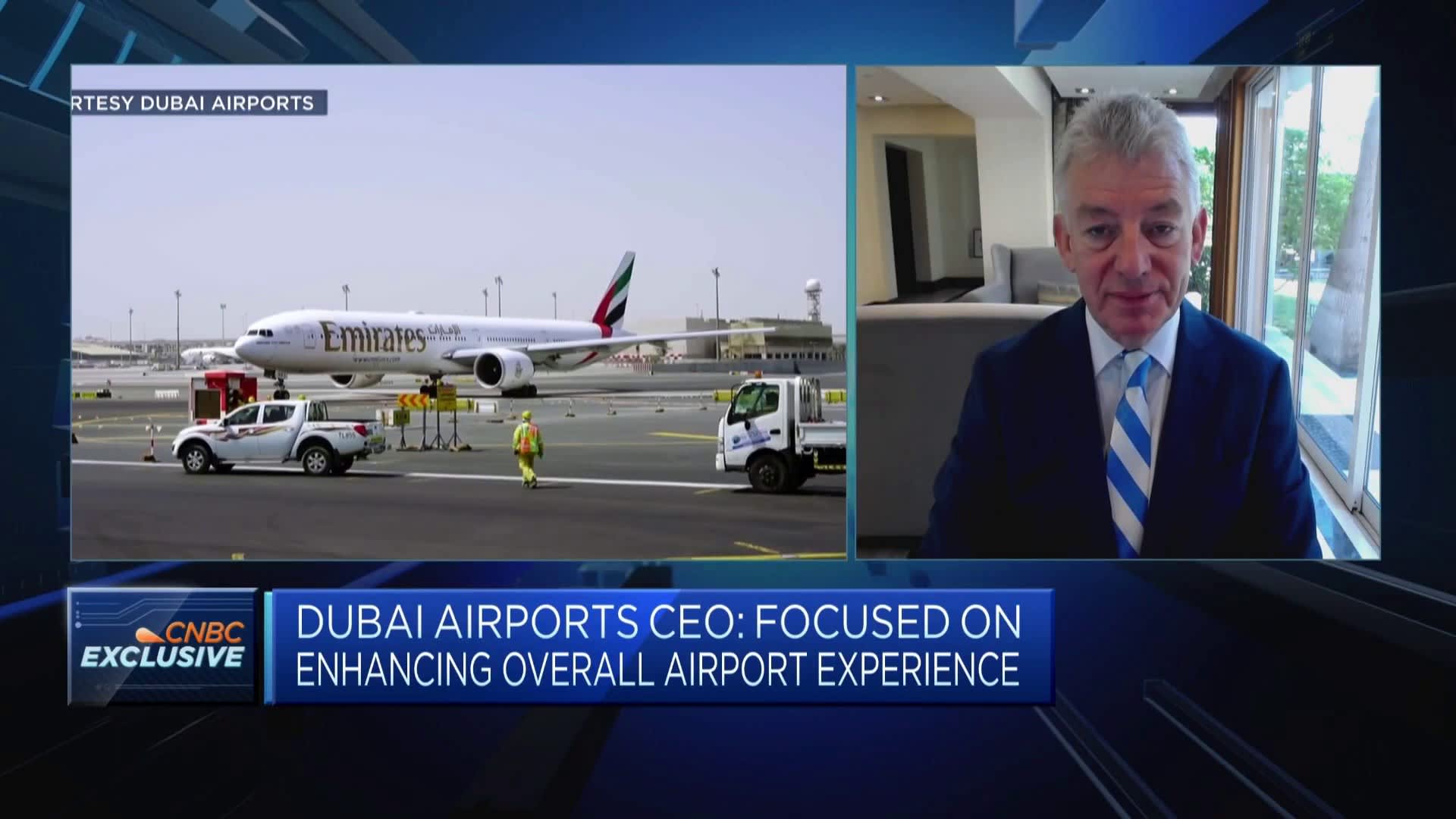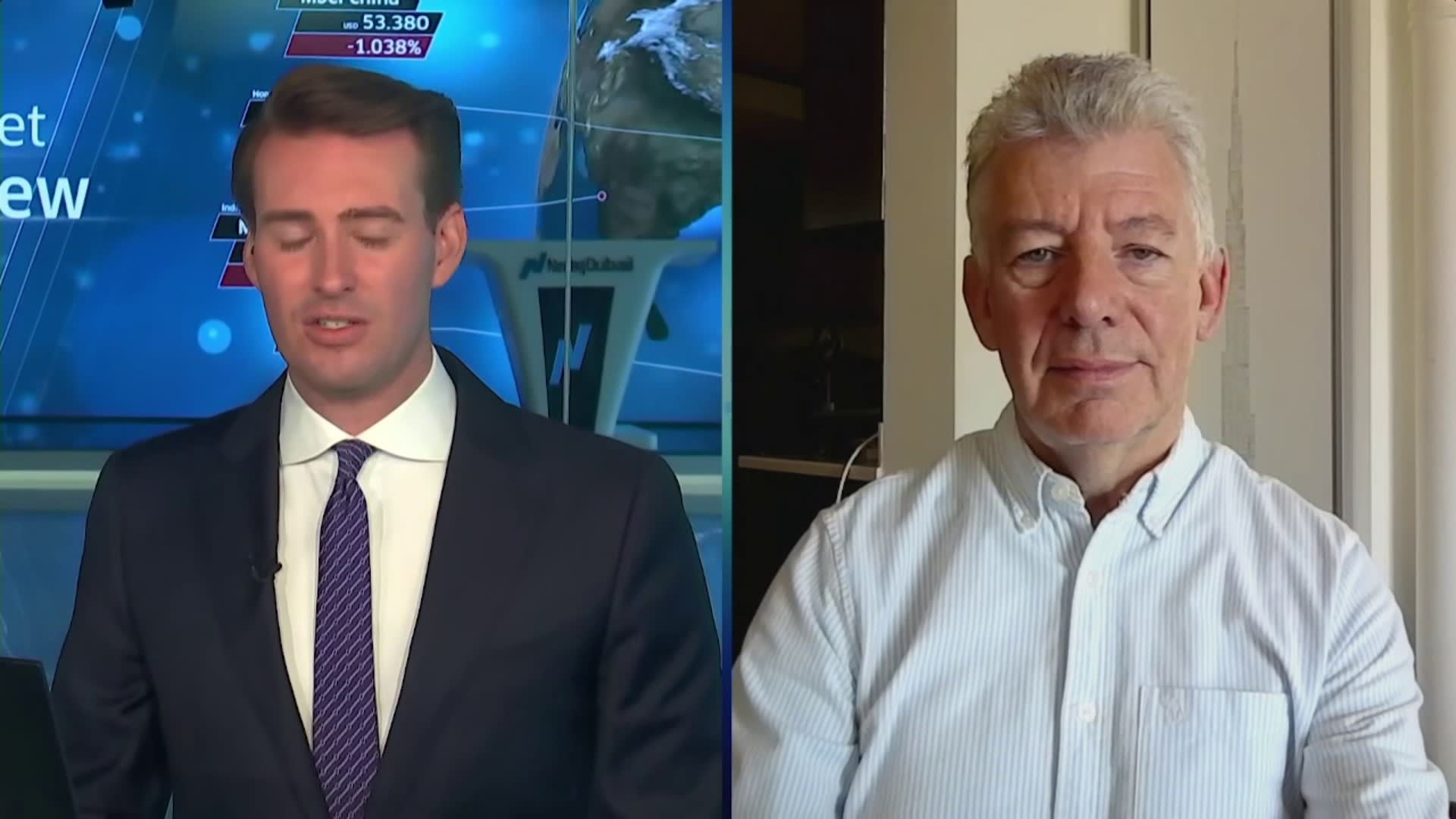
The CEO of Dubai Airports is bullish on the future and expects passenger traffic to surge to a record this year and top 100 million by 2027.
Paul Griffiths said the airport operator has seen very strong post-pandemic recovery, adding the city’s “never been in a stronger place than it is now.”
Dubai Airports is the owner and manager of both Dubai International Airport (DXB) and Al Maktoum International Airport (DWC).
A shortage of aircraft capacity, coupled with efforts to promote Dubai as a safe haven to attract people and “hangover” demand from the pandemic, could lead to a surge in passenger numbers, Griffiths added.
“Those three reasons, suggests we are on for a record year — 91 million forecast for the end of 2024,” he told CNBC’s “Capital Connection” on Tuesday.
“We expect by 2027, to be topping the 100 million passenger mark. So, very optimistic future ahead.”
Dubai International Airport posted its busiest quarter in history this year, receiving over 23 million passengers — a 8.4% rise in the first quarter compared to the same period last year, the company said in a statement.
This was partly due to increased destination offers by flagship carrier Emirates and its sister low-cost airline Flydubai, it added.

Total passenger traffic in the first quarter reached 23,052,060 guests, recording the highest traffic at 7.9 million passengers in January.
The stellar growth further strengthens the airport’s role as a key driver of Dubai’s economy and the aviation sector in the Middle East.
In April, Dubai’s government approved a 128 billion dirham ($35 billion) plan to build a new passenger terminal at the emirate’s Al Maktoum International Airport. This will make it five times bigger than Dubai’s main international airport in terms of size — and the biggest in the world upon completion.
Griffiths said the airport operator will continue to invest in the latest technology to improve “the flow rate through our airport facilities,” to allow passengers to get a quicker and more convenient experience.
“Secondly, it does enable us to get huge increases in capacity out of our existing infrastructure without building too much additional capacity,” he said.
This article was originally published on CNBC

